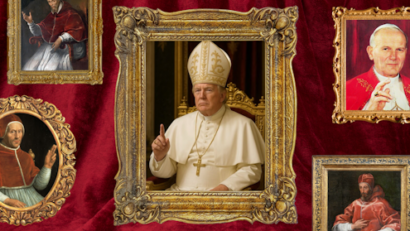Is Kenya’s president safe in a crowd? Security expert scans VIP protection checklist
Protecting any president requires multiple layers of intelligence, physical security and rapid response security protocols. Exact operational details are classified, Läs mer…



